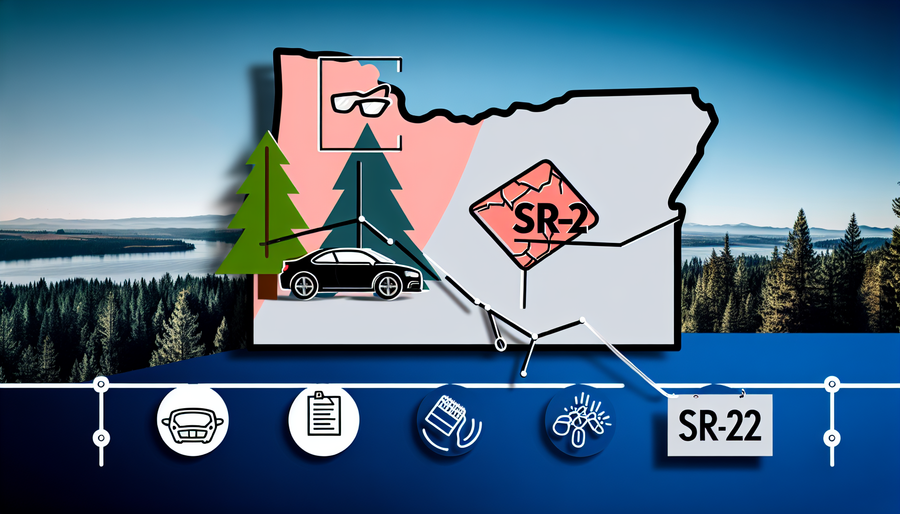The Truth About SR-22 Insurance and High Risk Driving in Oregon

The Truth About SR-22 Insurance and High Risk Driving in Oregon
If you’ve been labeled a high-risk driver in Oregon, chances are you've heard of SR-22 insurance. But what exactly is it? Why do some drivers need it? And how does it affect your ability to drive legally in the Beaver State?
In this blog post, we’ll break down what SR-22 insurance really means for high-risk drivers in Oregon, explore the reasons someone may be required to file it, and offer guidance on how to navigate this often confusing requirement. Let’s dive in.
What Is SR-22 Insurance?
First things first—SR-22 is not actually insurance. It’s a certificate of financial responsibility that your insurance company files with the Oregon Department of Motor Vehicles (DMV) on your behalf. This document proves that you carry at least the state-required minimum liability coverage.
In essence, an SR-22 filing shows that you're meeting Oregon's auto insurance laws—even if your driving history suggests you might be more likely to violate them again.
Who Needs an SR-22 in Oregon?
In Oregon, drivers usually need an SR-22 filing if they've been involved in serious driving-related offenses. Common reasons include:
- DUII (Driving Under the Influence of Intoxicants)
- Reckless driving convictions
- Driving without insurance
- Accumulating too many traffic violations in a short period
- License suspension or revocation
Once the court or DMV mandates an SR-22, you must maintain it for a specified period—typically three years from the date of reinstatement of your driving privileges.
How Does SR-22 Affect Insurance Rates?
Unfortunately, being required to file an SR-22 often means you’ll be classified as a high-risk driver by insurers. Your premiums will likely increase significantly due to this new classification.
However, shopping around can help. Some insurance companies specialize in covering high-risk drivers and may offer more competitive rates than standard providers.
How to File for SR-22 Insurance in Oregon
Filing is normally handled by your insurance provider. Here’s what to expect:
- Find an insurer: Not all companies offer SR-22 filings, so make sure yours does—or switch to one that does.
- Pay the fee: There’s usually a small administrative fee (often between $15–$30) to file the SR-22.
- Maintain continuous coverage: If your policy lapses, your insurer must notify the DMV, which can result in re-suspension of your license.
- Stay compliant: Keep your policy active for the entire required period. Afterward, you can usually return to standard insurance without an SR-22.
Life After SR-22: Getting Back to Normal
The good news? SR-22 isn’t forever. As long as you meet the requirements and maintain a clean driving record, the designation will eventually be lifted.
After fulfilling your SR-22 obligation, you may even qualify for lower insurance rates over time. Defensive driving courses, avoiding further violations, and consistently paying your premiums can help rebuild your driving reputation.
Final Thoughts
High-risk driving penalties like needing an SR-22 in Oregon can feel overwhelming—but they’re not the end of the road. With the right information and proper insurance support, you can comply with state laws and work your way back to a better driving status.
Understanding what SR-22 insurance is, why it’s required, and how to manage it effectively allows you to navigate the process with confidence—and get back behind the wheel responsibly.
If you’re facing SR-22 requirements, talk to a qualified insurance agent today to ensure you’re fully covered and on the path to recovery.







